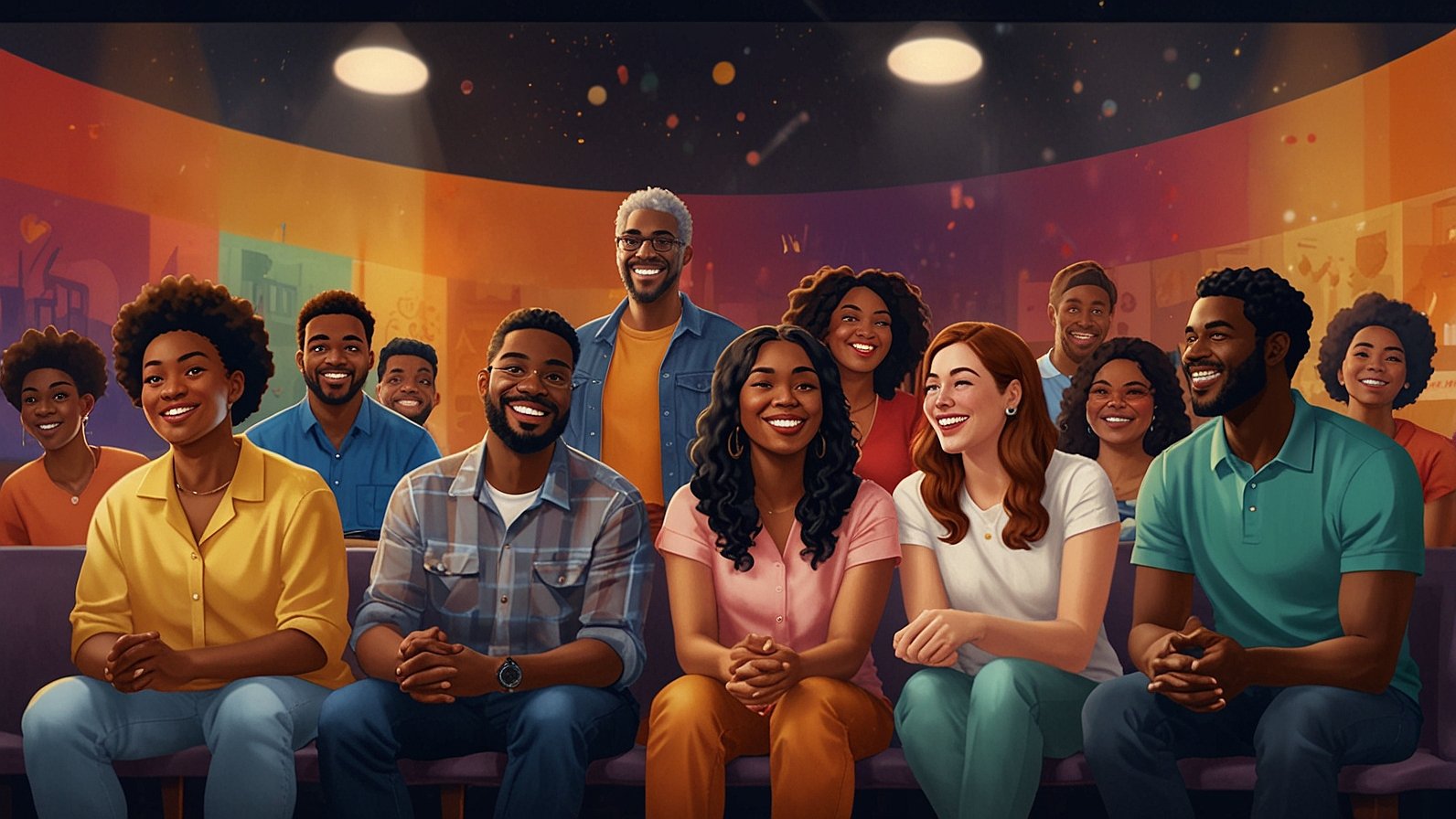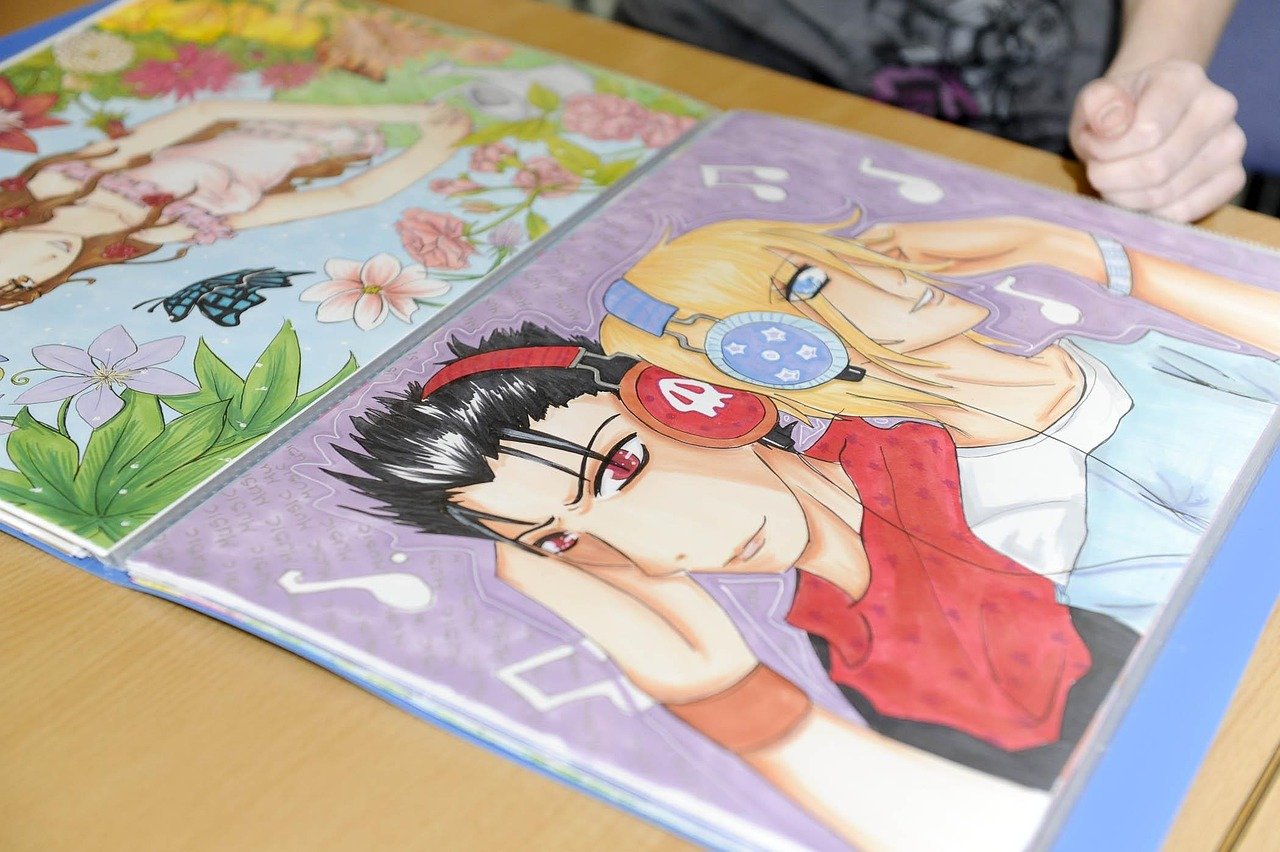Imagine this: You’re scrolling late at night, heart heavy with something you can’t quite name. Then, you stumble upon a few short lines of poetry. In seconds, it pins down that swirling sadness with startling clarity. That’s the quiet power of sad shayari. It doesn’t just describe sorrow; it becomes it, in two poignant lines. Intrigued? You’re not alone. This ancient art of heartbreak poetry is thriving in our modern, digital world, offering a unique kind of catharsis. Let’s explore why.
What Exactly is Sad Shayari? Your Questions Answered
Think of sad shayari as concentrated emotion, distilled into poetic form. Born from the rich traditions of Urdu and Hindi literature, it’s a close cousin to the intricate ghazal and the reflective nazm. But its superpower is brevity. Often, just a single couplet (called a sher) carries the weight of profound sadness, longing, or existential ache.
- It’s Not Just “Sad Poems”: While sadness is the core, sad shayari explores a spectrum: the sting of lost love (ishq), the loneliness of separation (hijr), the disillusionment with life (zindagi), and even social injustice (zulm).
- The Magic is in the Craft: It uses potent imagery (tashbeeh), subtle metaphors (istiara), clever wordplay, and strict rhyme/meter (behr and qafiya) to pack a massive emotional punch into minimal words. A tear isn’t just a tear; it might be a “flood that drowns the heart” or a “pearl lost in the desert of the cheek.”
- More Than Words: It’s a cultural touchstone, a shared language of the heart across South Asia and its diaspora. Hearing a resonant sad shayari often brings instant recognition – a communal sigh of understanding.
From Royal Courts to Your Phone: A Journey Through Time
Sad shayari isn’t a modern fad; its roots dig deep. Understanding its past makes its present resonance even more powerful.
- Persian & Mughal Beginnings: The seeds were sown centuries ago in Persian poetry, flourishing under the patronage of Mughal emperors. Think grand courts where poets like Mir and Ghalib wrestled with love, loss, and the divine, crafting verses that still echo today.
- The Golden Age of Urdu: The 18th and 19th centuries saw Urdu poets elevate sad shayari to sublime heights. Mir Taqi Mir (the “Khuda-e-Sukhan” or God of Poetry) mastered profound melancholy, while Mirza Ghalib explored complex philosophical despair with unmatched wit and depth. Allama Iqbal later channeled sorrow into powerful social and existential commentary.
- Surviving & Thriving: Despite political upheavals and the rise of other languages, Urdu sad shayari endured. Mushairas (poetic symposiums) kept the oral tradition alive, passing down verses through generations. Its core themes – universal heartbreak and human struggle – proved timeless.
Why Does Sad Shayari Hit So Hard? Unpacking the Craft
What makes a few lines of sad shayari linger long after you’ve read them? It’s a masterclass in emotional efficiency:
- The Sher: Your Emotional Snapshot: A single, self-contained couplet often tells a complete story of pain. The first line (misra) sets the scene; the second (misra) delivers the emotional climax or twist. Think of it like a perfectly framed, heartbreaking photograph in words.
- Imagery That Stings: Poets use vivid, relatable, and often stark imagery. A broken heart isn’t just broken; it’s a “shattered mirror,” a “deserted nest,” or “embers refusing to die.” These pictures lodge in your mind.
- Rhyme & Rhythm: The Heartbeat of Grief: The strict metrical patterns (behr) and intricate rhyme schemes (radif and qafiya) create a hypnotic, almost musical flow. This structure intensifies the emotion, making the sadness resonate physically as well as emotionally.
- Layers Upon Layers: Great sad shayari often works on multiple levels. On the surface, it’s about lost love. Dig deeper, and it might speak to spiritual yearning, social alienation, or the inherent pain of existence. This depth invites repeated reading.
Sad Shayari in 2024: From Mushairas to Memes
The journey of sad shayari from ornate manuscripts to Instagram captions is fascinating. It hasn’t just survived the digital age; it’s adapted and exploded within it.
- The Social Media Surge: Platforms like Instagram, Pinterest, Facebook, WhatsApp, and even Twitter are flooded with sad shayari. Beautifully designed graphics, poignant videos with melancholic music, and simple text posts make it instantly shareable. It’s the perfect format for our fast-paced, emotionally expressive online lives.
- Why It Works Online:
- Instant Catharsis: It gives a voice to complex feelings when words fail us personally. Sharing a sher says, “This. This is exactly how I feel.”
- Community & Connection: Finding others who resonate with the same verses creates a powerful sense of belonging, a shared understanding of pain across the digital void.
- Accessibility: You don’t need a PhD in Urdu literature. Translations (though never perfect) and Roman Urdu transliterations open it up to a massive global audience.
- Modern Voices: Contemporary poets like Jaun Elia, Parveen Shakir, and newer voices on social media continue the tradition, often blending classical forms with modern anxieties and language, proving sad shayari is a living, evolving art.
Traditional vs. Modern Sad Shayari: An Evolution
| Feature | Traditional Sad Shayari | Modern Sad Shayari (Social Media Era) |
|---|---|---|
| Primary Platform | Mushairas (live gatherings), Books | Instagram, Facebook, WhatsApp, Pinterest |
| Audience | Literary circles, Urdu enthusiasts | Mass global audience, younger demographics |
| Language | Often pure, complex Urdu/Persian | Mix of Urdu/Hindi, Roman Urdu, Translations |
| Form | Strict adherence to Ghazal/Nazm structure | More flexible; single sher often standalone |
| Visuals | Primarily text (calligraphy in books) | Highly visual (graphics, videos, typography) |
| Dissemination | Slow (oral, print) | Instant, viral sharing |
| Purpose | Artistic expression, philosophical depth | Personal catharsis, quick emotional sharing |
| Accessibility | Required deeper cultural/literary knowledge | Lower barrier to entry, wider reach |
How to Dive Into the World of Sad Shayari (Even If You Don’t Know Urdu!)
Feeling drawn in? Here’s how to start appreciating or even writing sad shayari:
- Listen & Feel First: Find recitations online. The tarah (tune/recitation style) of poets like Jagjit Singh or Farida Khanum adds another layer of emotion. Don’t worry about understanding every word initially; focus on the feeling conveyed.
- Seek Translations & Transliterations: Many popular pages offer verses in Roman Urdu (Urdu written in English letters) alongside English/Hindi translations. This bridges the gap. Remember, translations capture the essence, not the literal magic.
- Start with the Masters: Explore iconic poets:
- Mir Taqi Mir: For raw, profound melancholy.
- Mirza Ghalib: For complex, philosophical despair and unmatched wit.
- Faiz Ahmed Faiz: For sorrow intertwined with hope and revolution.
- Jaun Elia: For modern, existential angst and rebellion.
- Pay Attention to the Sher: Read couplets slowly. What image strikes you? What emotion lingers? What twist does the second line deliver?
- Try Your Hand (It’s Okay!): You don’t need to be Ghalib! Start simple:
- Focus on Feeling: What specific sadness do you want to capture? Loneliness? Betrayal? Nostalgia?
- Find an Image: Connect that feeling to a concrete picture (e.g., “an empty chair,” “a wilted flower,” “an unanswered message”).
- Play with Words: Experiment with rhyme (even simple rhymes) and rhythm. Don’t force perfection; aim for emotional honesty. Write in your native language first if needed!
The Unexpected Gift of Sadness: Why We Seek Out Sad Shayari
It might seem counterintuitive: why actively seek out expressions of sadness? But sad shayari offers something profound:
- Validation: It tells us our pain is real, shared, and understandable. We are not alone in our darkness. “This poet from 200 years ago gets it.”
- Catharsis: Reading or writing it provides a safe release valve for pent-up emotions. It helps process grief, heartbreak, or frustration by giving it form and beauty. It’s crying, but with artistry.
- Beauty in Brokenness: It transforms raw pain into something aesthetically powerful. It shows that even our deepest sorrows can be articulated with grace and meaning.
- Connection: Sharing a relevant sher creates instant bonds. It’s a way of saying, “I see your pain,” without needing many words of your own.
5 Quick Takeaways: The Heart of Sad Shayari
- More Than Sadness: It’s a sophisticated, centuries-old art form exploring love, loss, life, and society.
- Brevity is Power: A single, crafted couplet (sher) can deliver a devastating emotional impact.
- Rooted & Relevant: From Mughal courts to Instagram feeds, it adapts while retaining its soul.
- Universal Language: Its core emotions resonate globally, transcending language barriers (aided by translations/transliterations).
- Cathartic Companion: It validates feelings, offers release, and finds beauty in shared human sorrow.
So, What’s Your Sher?
Sad shayari reminds us that heartbreak, in all its forms, is part of the messy, beautiful human experience. It doesn’t trivialize pain; it dignifies it by turning it into art. It connects us across time and screens through the shared language of a wounded heart.
Have you ever been struck by a piece of sad shayari that perfectly captured your feeling? Share your favorite sher (or what it meant to you) in the comments below! Let’s celebrate this incredible tradition of turning tears into timeless verse.
You May Also Read: Juq-722 Sub Indo: Your Gateway to Global Entertainment with Tailored Subtitles
FAQs
Is sad shayari only about romantic breakups?
No! While lost love is a major theme, it also delves into existential sadness, societal injustice, loneliness, separation (from family, homeland), spiritual longing, and the general melancholy of life.
Do I need to understand Urdu fluently to appreciate sad shayari?
Not necessarily! While knowing Urdu unlocks the full nuance, many resources offer Roman Urdu transliterations (Urdu written in English letters) and translations. Listening to recitations also conveys immense emotion. Start there and let the feeling guide you.
What’s the difference between a ghazal and sad shayari?
Think of it like squares and rectangles. A ghazal is a specific, structured poetic form (with a strict rhyme scheme, refrain, and thematic unity). Sad shayari is a theme or mood. A ghazal can be sad shayari if its verses express sorrow, but sad shayari can also exist in other forms like nazm or stand-alone sher.
Who are some of the most famous sad shayari poets?
Classical Masters: Mir Taqi Mir (King of Melancholy), Mirza Ghalib (Philosophical Depth), Momin Khan Momin.
Modern Greats: Faiz Ahmed Faiz (Sorrow & Revolution), Ahmed Faraz, Parveen Shakir, Jaun Elia (Modern Angst).
Contemporary Voices: Many popular poets share primarily on social media platforms.
Why is sad shayari so popular on social media?
It offers quick, potent emotional expression. A single, well-crafted sher can perfectly capture a complex feeling, making it ideal for sharing moods instantly. Visually appealing graphics and relatable themes fuel its shareability, creating communities around shared emotions.
Can writing sad shayari actually help me feel better?
Absolutely! The process of articulating your sadness through imagery and structure can be incredibly cathartic. It helps you process emotions, gain perspective, and transform raw pain into something creative and tangible. It’s a healthy emotional outlet.
Where can I find good sad shayari online?
Look for reputable Instagram/Pinterest pages dedicated to Urdu poetry (search terms: urdu poetry, shayari, sad shayari). Follow poets or pages known for quality content and translations (e.g., Rekhta, The Urdu Poet). YouTube channels featuring shayari recitations are also excellent.











